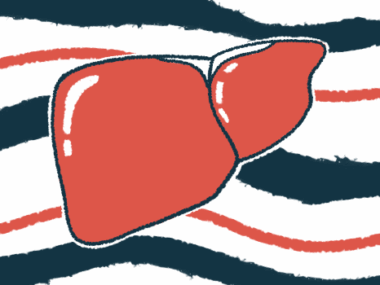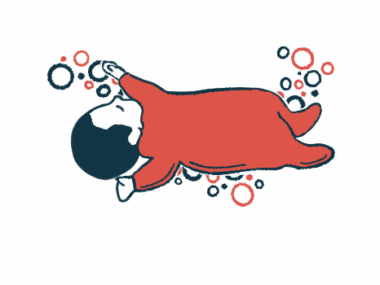Blood test augurs liver survival after Kasai procedure in biliary atresia
SII was superior to other factors two years after surgery
Written by |

A blood-based biomarker of body-wide inflammation called a low systemic immune-inflammation index (SII) before a standard Kasai surgical procedure can accurately predict post-surgery liver survival in children with biliary atresia, a study reveals.
With a predictive accuracy of more than 90%, SII was superior to other factors at predicting liver survival in these children two years after the corrective surgery. The findings point to SII as a new and promising minimally invasive predictor of liver survival after Kasai procedure for biliary atresia, the researchers noted.
The study, “The systemic immune-inflammation index at kasai portoenterostomy: related to clinical outcomes,” was published in Pediatric Surgery International.
Biliary atresia is an infantile liver condition marked by the absence or blockage of bile ducts, the tubes that carry the digestive fluid bile from the liver to the intestines. Over time, bile accumulation in the liver can damage it, leading to symptoms that include pale stools, dark urine, and yellowing of the skin and whites of the eyes, called jaundice.
A Kasai portoenterostomy is the first-line treatment and involves creating a new tube to carry bile from the liver into the intestines. Even with it, about half of patients have progressive liver scarring that leads to liver failure and a transplant.
Emerging evidence suggests inflammatory processes play a role in bile duct injury in biliary atresia. About 30% of patient liver samples show obvious signs of inflammation and genes related to inflammatory pathways are activated in biliary atresia liver tissue.
Predicting biliary atresia outcomes after Kasai surgery
Researchers in China investigated whether SII could predict clinical outcomes in biliary atresia patients after Kasai surgery. SII is calculated from the counts of three blood cell types: immune lymphocytes, neutrophils, and blood-clotting platelets.
Data were collected from 168 children — 91 girls (54.2%) and 77 boys (45.8%) — who had Kasai surgery at two Chinese hospitals between January 2016 and December 2021. The children had the procedure at a median age of 60 days, or two months, and clinical outcomes were evaluated regularly for up to 24 months, or about two years, after the surgery.
Before the surgery, 1 in 4 children (25.6%) had preoperative malnutrition. The overall native liver survival rates, that is, the proportion of children with working livers after surgery, was 98.8% at three months, 80.4% at six months, 57.1% at a year, and 43.5% after two years.
The researchers then analyzed SII and several other pre-surgery demographic and clinical factors to determine their predictive potential of post-surgery outcomes. They found several factors were significantly associated with native liver survival two years after surgery — pre-surgery malnutrition; SII values; blood gamma-glutamyltransferase (GGT) levels, which is a liver damage marker; immune lymphocyte count; and liver fibrosis grading, a measure of liver tissue scarring.
Statistical models showed the accuracy of SII in predicting native liver survival after surgery was 91.1%, which was greater than that of preoperative malnutrition (69%), liver fibrosis grading (75.9%), GGT levels (74.7%), and lymphocyte count (77.3%).
SII’s accuracy was based on an optimal cutoff value of 140.09, with lower values being a significant predictor of two-year native liver survival. Based on this cutoff value, the 44 children with a lower SII had a five time higher chance of still having a working liver than the 124 children with a SII of 140.09 or higher.
The children with SII values below 140.09 were significantly more likely to have their liver working (72.7% vs. 33.1%), jaundice resolved (75% vs. 46.8%), and good liver function recovery (65.9% vs. 46.8%) two years after surgery than those with a higher SII.
The findings highlighted that SII level has better predictive performance of two-year native liver survival after Kasai procedure than other factors.
“The SII level, as a routine [blood-based] marker, has better universality and simplicity, and can be a novel, but promising predictor for 24-month native liver survival after Kasai portoenterostomy,” the researchers wrote.







